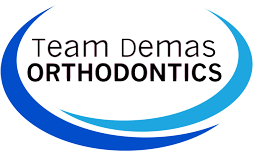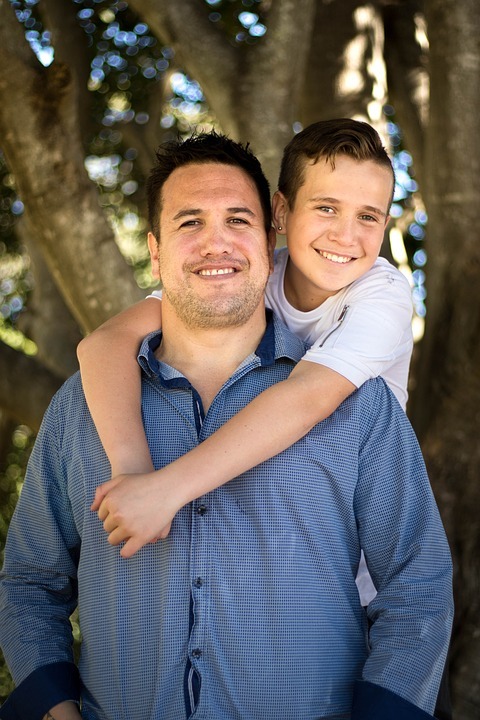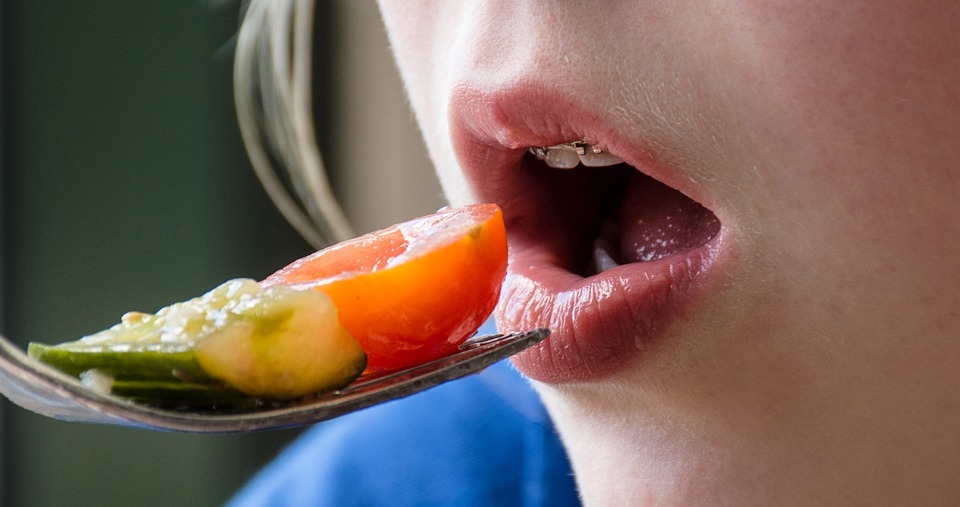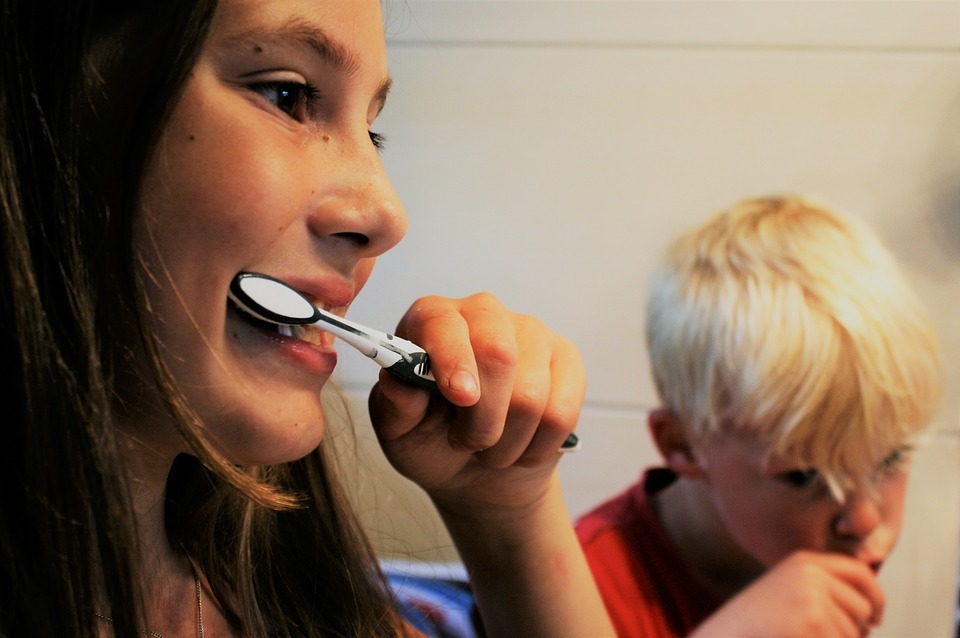
Can You Still Maintain a Healthy Diet While Using Invisalign?
There are many reasons why Invisalign has risen rapidly in popularity over the last 15 years. The technology of clear aligner treatment allows you to go about your day without worrying about your appearance: no more metal standing between the world and your smile! Invisalign has been popularized by celebrities like Zac Efron, Eva Longoria, and Tom Cruise; no wonder Invisalign is now one of the most popular orthodontic treatments in Southington.
Of course, the Invisalign system requires discipline, good habits, and some minor lifestyle changes. For best results, Invisalign requires that the user keeps the aligners in place between 20-22 hours per day. As such, that leaves between 2-4 hours each day for eating, drinking, and maintaining proper oral hygiene through brushing and flossing.
The most common concern I hear from potential Invisalign patients is this:
FAQ
How can I maintain a healthy diet if I’m only allowed 2-4 hours per day to eat? Am I going to starve?!?
Here’s the good news: You can maintain a healthy diet while using Invisalign. When I encounter patients concerned about whether they will have to dramatically change their eating habits, I encourage them to keep a diet journal for at least a week. You’ll find that the actual time you spend eating, drinking, and cleaning your teeth adds up to around two hours. (Of course, this depends on your snacking habits. But won’t cutting down on lengthy snacking sessions improve your diet?)
Here is the schedule that I recommend for Invisalign patients:
- Morning brushing and flossing: 5 minutes
- Breakfast: 20 minutes
- Snack: 10 minutes
- Lunch: 30 minutes
- Snack: 10 minutes
- Dinner: 50 minutes
- Night brushing and flossing: 5 minutes
Add that all up and you’ll come to 130 minutes, or just over two hours. Keep in mind that those times don’t take into account meal preparation, but there’s no need to take out your aligners when you’re putting together your sandwich for lunch, is there? Every patient is different with varying dietary needs, but I recommend giving this schedule a time and seeing if you can comfortably finish your meals within this framework.
Keeping Your Teeth Clean with Invisalign
As always, it’s very important to maintain good oral hygiene when using Invisalign. In a perfect world, patients would brush and floss thoroughly each time after eating. I recognize that my patients often have busy schedules or don’t have access to running water at school or work. At the bare minimum, you should brush and floss thoroughly twice each day: once in the morning and once before bed. However, to keep up your oral hygiene throughout the day and prevent trapped food particles, I recommend rinsing with warm water or mouthwash after eating and before putting in your aligners.
Tried-and-True Patient Advice for a Healthy Invisalign Diet
This is a collection of advice from my patients who have used Invisalign and experienced the lifestyle changes demanded by clear aligner treatment. These four tips should be a great help to anyone considering Invisalign:
- Don’t Panic: You can do it! Keep in mind that many, before you, have gone through the Invisalign process and survived the dietary and lifestyle changes. There may be days where you have your aligners out for over 20 hours, and while it’s not ideal, it’s not the end of the world. Don’t beat yourself up about bad days, and stay positive. Rely on your friends and family for encouragement and you’ll see how easy it is after a few days to stick to your new diet requirements.
- Set a Schedule: Before Invisalign, many patients snacked throughout the day and ate less during meals. Unfortunately, this isn’t a possibility with Invisalign. We are creatures of habit, and it can be difficult to break our eating patterns when changing to a new diet. Many of my successful patients recommend sticking to a daily schedule for meals and snacks. After a few days, your body will get used to this schedule and start to expect breakfast at 8:30, lunch at noon, and a snack at 3:00. Settling into a routine will help reduce cravings and hunger pangs throughout the day.
- Plan Your Meals: Since you’ll be fitting a day’s worth of calories and nutritional needs into three meals and two snacks, you’ll need to strategize to cover your bases. Go into each day knowing when you’ll get your protein, where you’ll find your Vitamin C, and how many calories you’re taking in with each meal. Budgeting calories and nutrients are the best way to prevent hunger and malnourishment.
- Don’t Overcompensate: A typical reaction to the Invisalign 20-hour requirement is to shovel in as much food as possible during your allotted eating time. As tempting as it may be, this habit will only leave you feeling sick. Here is where your discipline comes into play: once you’ve planned out your daily meals and snacks, stick to the plan! If you’ve planned out your calories, you know that you’re eating enough throughout the day to feel full and healthy. Resist the temptation to overeat and your body will thank you!
Think You Can Handle It?
If you think you can master the “Invisalign Diet” and maintain healthy eating and cleaning habits while using clear aligners, contact us today. Team Demas Orthodontics is the top team for Southington Invisalign, and we recommend clear aligner treatment for its comfort, flexibility, and effectiveness. Contact us by phone or through our online location form; we’ll be happy to answer any patient question!
Team Demas Orthodontics
27 Meriden Ave #2a, Southington, CT 06489, USA
Phone: 860-276-0333







